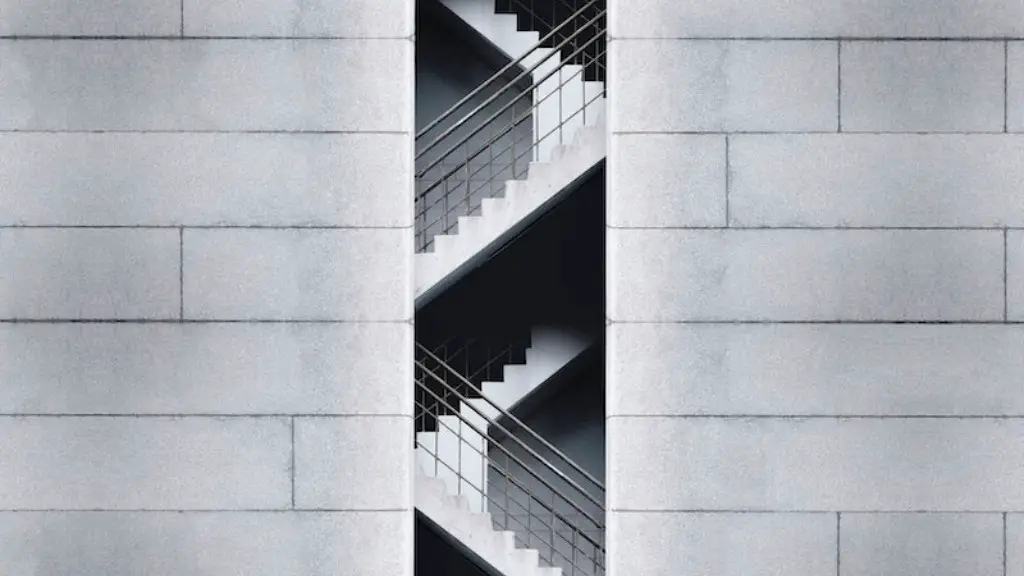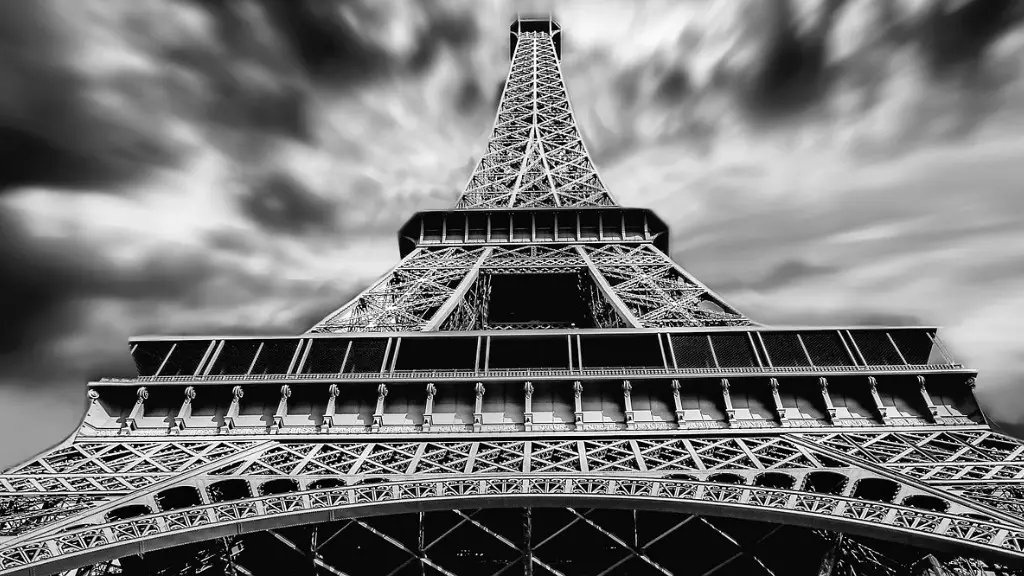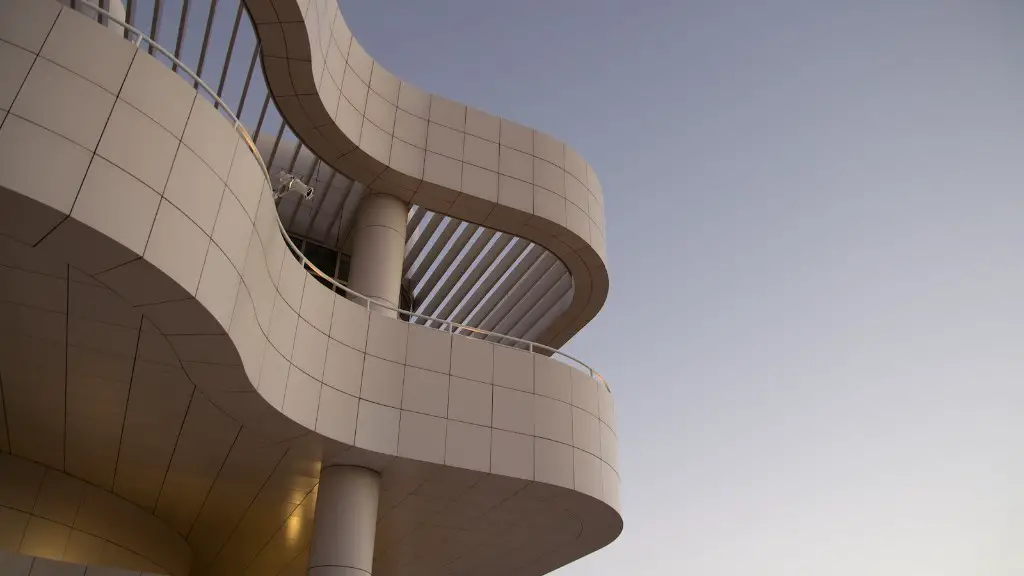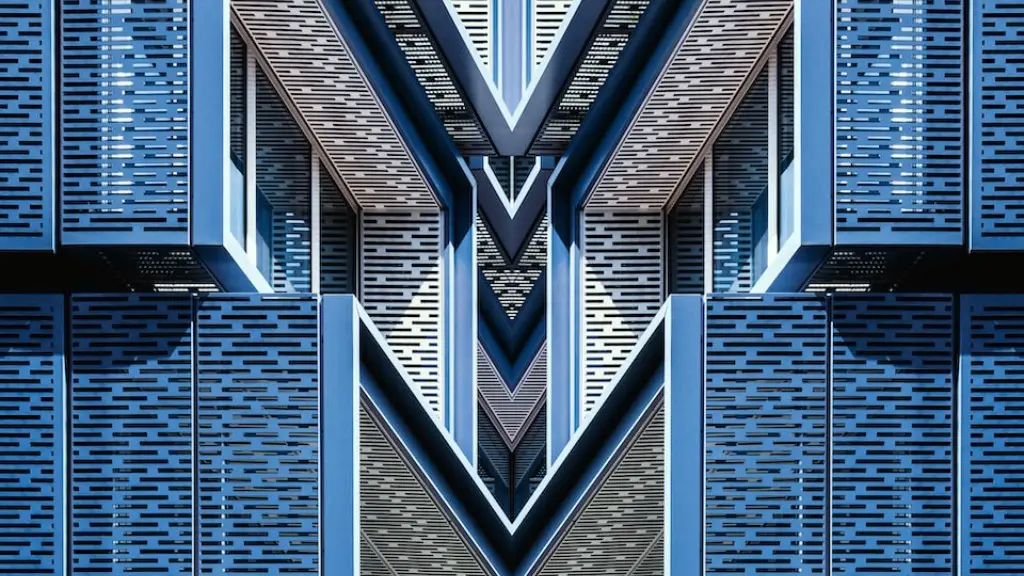The 4 characteristics of Renaissance architecture all stem from a greater knowledge of architecture from the classical age and the works from ancient Greece and Rome.The Renaissance period started in the 14th century and continued until the 16th century, and its style of architecture is largely characterized by a commitment to symmetry and balanced proportions.The four characteristics of Renaissance architecture can be summarised as a greater emphasis on geometry and symmetry; a keen interest in classical, historical styles; the development of grand projects; and the use of ornamentation.
1 Emphasis on Geometry and Symmetry
The primary characteristics of Renaissance architecture is its focus on geometrical shapes and mathematical calculations. Architects from this period paid careful attention to shaping their buildings in such a way that the proportions were both balanced and harmonious. This included the use of the Golden Rectangle, a numerical figure now seen in virtually all art, which was the cornerstone of proportionality in Europe during the Renaissance.
Architects of the Renaissance were also dedicated to making sure their buildings were as symmetrical as possible, often using ornamental and unit-sized elements to ensure that both the exterior and interior of a building remained balanced. This is why asymmetrical architecture is so rare during the period and why Renaissance architecture is often so organized, as architects strove for perfection in symmetry.
2 Interest in Classical, Historical Styles
Renaissance architecture also had a strong connection to classical and historical styles. Since much of the architecture in Europe during the 15th and 16th centuries was heavily inspired by the classical antiquities of Rome and Greece, the buildings that were constructed during the Renaissance period had a distinctly traditional feel. This influence came from the rediscovery of ancient Roman aqueducts and other buildings in the latter half of the 1400s, which spurred architects to begin creating buildings based on classical designs.
Architects of the day also sought to adopt classical or historical elements of the architecture, such as Corinthian columns or the arched pediments, in their buildings. This enabled them to make their structures feel like they had been created long ago, so that the buildings could blend in with the existing structures from the classical period.
3 Development of Grand Projects
In order to create a sense of grandeur and awe, architects of the Renaissance began to take on larger, more ambitious projects. These projects included the likes of royal palaces and great cathedrals, which were designed to be more ornate than had been seen before. Architects of the Renaissance period were willing to take on the challenge of executing these projects with the aim of making them both scenic and bold, as well as technically impressive.
The grand projects of the Renaissance period often featured soaring arches, tall, elaborate domes and intricate sculptures. In order to complete these projects, some of the most renowned architects at the time had to apply their skills and knowledge, pushing the boundaries of what was possible in architecture even further.
4 Use of Ornamentation
Ornamentation was a key characteristic of Renaissance architecture and it was used to great effect by the leading architects of the day. This type of decoration included intricate and colourful patterns, typically painted or sculpted onto the ceilings and walls of buildings. The decoration and ornamentation brought a sense of grandeur and expense to the building, further highlighting the importance of the project and the level of craftsmanship that had gone into it.
Ornamentation was also used to demonstrate that the architect was capable of fine work and was aware of the classical styles of architecture. Artisans of the time would often include religious symbols, such as the Virgin Mary or other symbols of Christian faith, in their ornamentation in order to give the building a more spiritual connotation.
5 Solar Power
Solar power is another important feature that emerged in Renaissance architecture. Architects from this period often incorporated solar features in their buildings, such as solar panels and sunrooms, in order to make use of the free and renewable energy that the sun provides. These features often allowed buildings to remain cooler in the summer and act as an additional source of heating during the winter months. Examples of buildings that feature solar power include the Palazzo Pitti in Florence, the Trevi Fountain in Rome, and the Brera Palace in Milan.
The use of solar features in Renaissance architecture was also beneficial from an environmental perspective. By making use of natural sources of energy, architects were able to reduce the building’s carbon footprint and its impact on the environment.
6 Emphasis on Natural Lighting
Renowned architects during the Renaissance period were also well aware of the importance of natural lighting and ventilation. They were able to achieve this by making use of materials like glass, which allowed light to enter the building and thus, providing a pleasant indoor environment. Consequently, many of the buildings from this period featured large windows, skylights and sometimes even glass floors.
Due to the importance of natural light during this period, the use of artificial lighting was limited. Hence, architects often designed their buildings with large courtyards, fountains and other similar features in order to ensure that their spaces were well-lit even during times of less sunlight.
7 Integration with The Natural Environment
The integration of architecture and the natural environment is another characteristic of Renaissance architecture. This was done by architects of the time creating buildings and landscapes that would fit in with the existing environment. For example, they would use elements such as vines, ivy, and fountains to create the illusion that the architecture was naturally occurring in the environment.
Moreover, architects during this period were also mindful of issues such as sustainability and the use of natural materials. Consequently, many Renaissance buildings were constructed using sustainable materials, such as stone, brick and clay, as opposed to modern materials that could not be recycled or reused.
8 Portraying Human Experiences
Renaissance artists and architects often strove to depict the human experience in their pieces of artwork and architecture. This was done in order to create an emotional connection between the viewer and the artwork. To do this, they often painted scenes of everyday life on their buildings or included sculptures of various figures and characters. An example of this can be seen in the Sistine Chapel in Rome, which features frescoes depicting stories from the Bible.
Overall, Renaissance architecture has had a profound impact on modern architecture. Its four main characteristics, such as the emphasis on geometry and symmetry, the adoption of classical and historical styles, the development of grand projects, and the use of ornamentation have all played an important part in defining the style of building that we see today.




